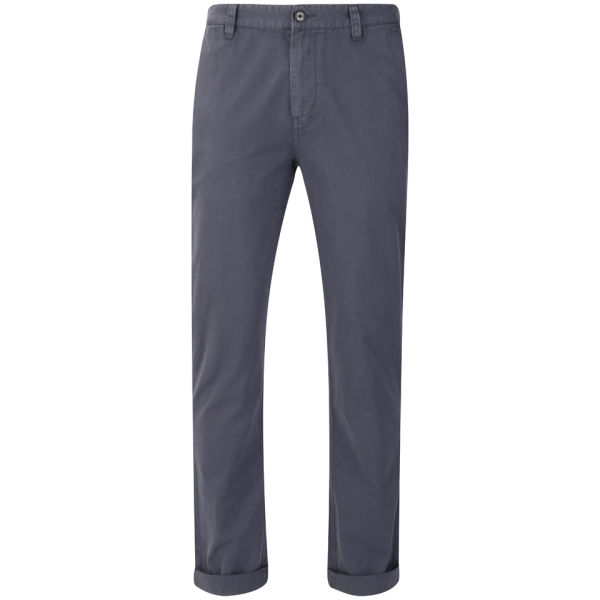1920s Mens Fashion Biography
Source:- Google.com.pkThe 1920s is the decade in which fashion entered the modern era. It was the decade in which women first abandoned the more restricting fashions of past years and began to wear more comfortable clothes (such as short skirts or trousers). Men also abandoned highly formal daily attire and even began to wear athletic clothing for the first time. The suits men wear today are still based, for the most part, on those worn in the late 1920s. The 1920s are characterized by two distinct periods of fashion. In the early part of the decade, change was slow, as many were reluctant to adopt new styles. From 1925, the public passionately embraced the styles associated with the Roaring Twenties. These styles continue to characterize fashion until early in 1932. During this time, there was a big development in women's and men's clothing and the 1920s had major changes in dress, such as the Flapper. This involved young women and children who wore bob haircuts and danced the Charleston in short dresses. Before the twenties women still wore dresses that reached the floor and their arms were covered. The time period of the flapper changed women's fashion drastically.
In menswear there were two distinct periods in the 1920s. Throughout the decade, men wore short suit jackets, the old long jackets being used merely for formal occasions. In the early 1920s, men's fashion was characterized by extremely high-waisted jackets, often worn with belts. Lapels on suit jackets were not very wide as they tended to be buttoned up high. This style of jacket seems to have been greatly influenced by the uniforms worn by the military during the First World War. Trousers were relatively narrow and straight and they were worn rather short so that a man's socks often showed. Trousers also began to be worn cuffed at the bottom at this time.
By 1925, wider trousers commonly known as Oxford bags came into fashion, while suit jackets returned to a normal waist and lapels became wider and were often worn peaked. Loose-fitting sleeves without a taper also began to be worn during this period. During the late 1920s, double-breasted vests, often worn with a single-breasted jacket, also became quite fashionable. During the 1920s, men had a variety of sport clothes available to them, including sweaters and short trousers, commonly known as knickers. For formal occasions in the daytime, a morning suit was usually worn. For evening wear men preferred the short tuxedo to the tail coat, which was now seen as rather old-fashioned and snobby.
Men’s fashion also became less regimented and formal. Men favored short jackets with two or three buttons rather than jackets with long tailcoats as well as pinstriped suits. Casual-wear for men often included knickers, short pants that came to the knee.
The most formal men's suit consisted of a black or midnight-blue worsted swallow-tailed coat trimmed with satin, and a pair of matching trousers, trimmed down the sides with wide braid or satin ribbon. A white bow tie, black silk top hat, white gloves, patent leather Oxford shoes, a white silk handkerchief, and a white flower boutonnière completed the outfit. The tuxedo vest could be black or white, but, unlike the obligatory full-dress white tie, tuxedos ties were always black. Men usually completed their tuxedo outfit with all the same accessories as the full-dress suit, except that instead of top hats they would wear dark, dome-shaped hats called bowlers. Just like women, men had certain attire that was worn for certain events. Tuxedos were appropriate attire at the theater, small dinner parties, entertaining in the home, and dining in a restaurant. During the early 1920s, most men's dress shirts had, instead of a collar, a narrow neckband with a buttonhole in both the front and back. By the mid-1920s, however, many men preferred shirts with attached collars, which were softer and more comfortable than rigid, detachable collars.
Men's hats were usually worn depending on their class, with upper class citizens usually wearing top hats or a homburg hat. Middle class men wore either a fedora, bowler hat or a trilby hat. During the summer months a straw boater was popular for upper class and middle class men. Working-class men wore a standard newsboy cap or a flat cap.
1920s Mens Fashion Mens Fashion 2014 Boots Suits Winter Magazine Tumblr Shoes Shirts Photos Pics
1920s Mens Fashion Mens Fashion 2014 Boots Suits Winter Magazine Tumblr Shoes Shirts Photos Pics
1920s Mens Fashion Mens Fashion 2014 Boots Suits Winter Magazine Tumblr Shoes Shirts Photos Pics
1920s Mens Fashion Mens Fashion 2014 Boots Suits Winter Magazine Tumblr Shoes Shirts Photos Pics
1920s Mens Fashion Mens Fashion 2014 Boots Suits Winter Magazine Tumblr Shoes Shirts Photos Pics
1920s Mens Fashion Mens Fashion 2014 Boots Suits Winter Magazine Tumblr Shoes Shirts Photos Pics
1920s Mens Fashion Mens Fashion 2014 Boots Suits Winter Magazine Tumblr Shoes Shirts Photos Pics
1920s Mens Fashion Mens Fashion 2014 Boots Suits Winter Magazine Tumblr Shoes Shirts Photos Pics
1920s Mens Fashion Mens Fashion 2014 Boots Suits Winter Magazine Tumblr Shoes Shirts Photos Pics
1920s Mens Fashion Mens Fashion 2014 Boots Suits Winter Magazine Tumblr Shoes Shirts Photos Pics
1920s Mens Fashion Mens Fashion 2014 Boots Suits Winter Magazine Tumblr Shoes Shirts Photos Pics










No comments:
Post a Comment